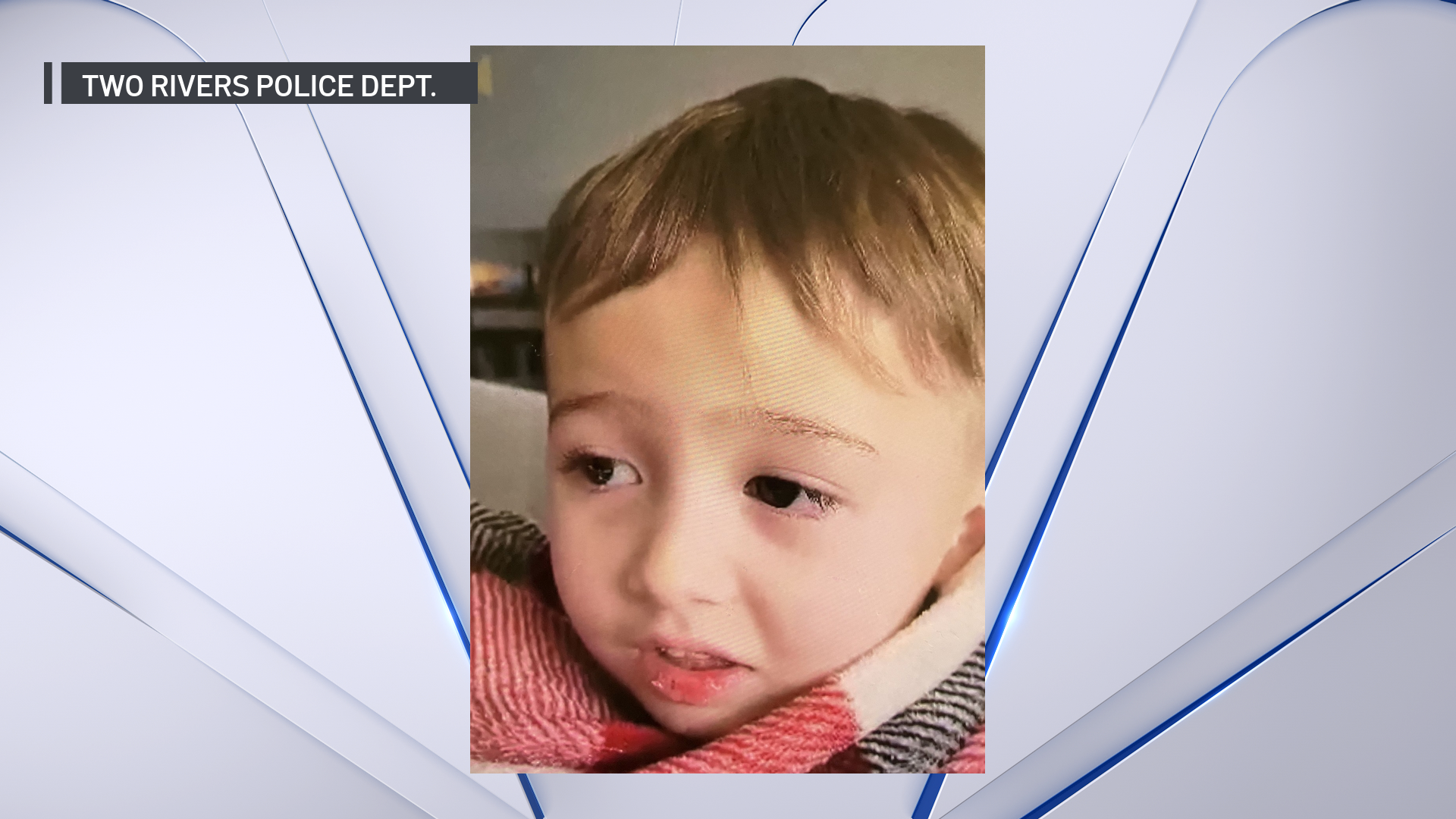The death of 19-month-old Annaka Chaffin was not the first death connected to high-powered magnets, but it may be the last if a new federal rule just passed has its intended effect.
Last year, the toddler swallowed several tiny magnets-- the kind that look like shiny BB’s-- unbeknownst to her Columbus, Ohio, family.
A Consumer Product Safety Commission report revealed the tragic domino effect that happened next. Her mother took her to the hospital when she became ill, but she was mistakenly diagnosed with a virus. The next day, Annaka died in her sleep. The magnets she swallowed had attracted to each other inside of her, cutting off blood supply to her stomach.
The Consumer Product Safety Commission cited Annaka’s case during a hearing last month, as the agency voted to finalize a rule outlawing the type of high-powered magnets made popular by a product called Buckyballs, recalled last summer. The tiny but powerful type of magnets were blamed for hundreds of injuries, and at least one death. Federal regulators say in the years between 2009 and 2013, at least 2,900 children visited emergency rooms after swallowing the magnets.
The new rule will allow the sale of high-powered magnets only if they do not fit through a cylinder used to test choking hazards, or if they fall below a certain power level. Safety regulators say the kind of magnets used in Buckyballs are eight times stronger than magnet used for mainstream items like refrigerator magnets or toys.
The founder of Buckyballs initially fought the CPSC ban, arguing his product was never marketed to children. The packaging was labeled as “unlimited fun (for grownups).”
“They were labeled as sold for adults but we all knew it was children who were fascinated with them and carried them around with them,” said Nancy Cowles, executive director of Chicago-based Kids in Danger. “This is what we consider one of these issues parents wouldn’t necessarily understand. You might understand a child choking, you might understand sharp edges on a product. But with something this small, you think it’s just going to pass through the system.”
Local
But in case after case, tiny magnets not only did not pass through a system, but also magnetized inside a child. Two or more magnets connected to each other, cutting off blood supply or perforating an organ, sometimes to tragic consequences.
The new CPSC rule takes effect April 1, 2015, when all magnets manufactured or imported after that date must meet the new performance standard.
The Buckyballs recall offers settlement from a fund controlled by the CPSC and funded by the company owner. Consumers have until January 17, 2015 to return Buckyballs magnet sets for a refund.



